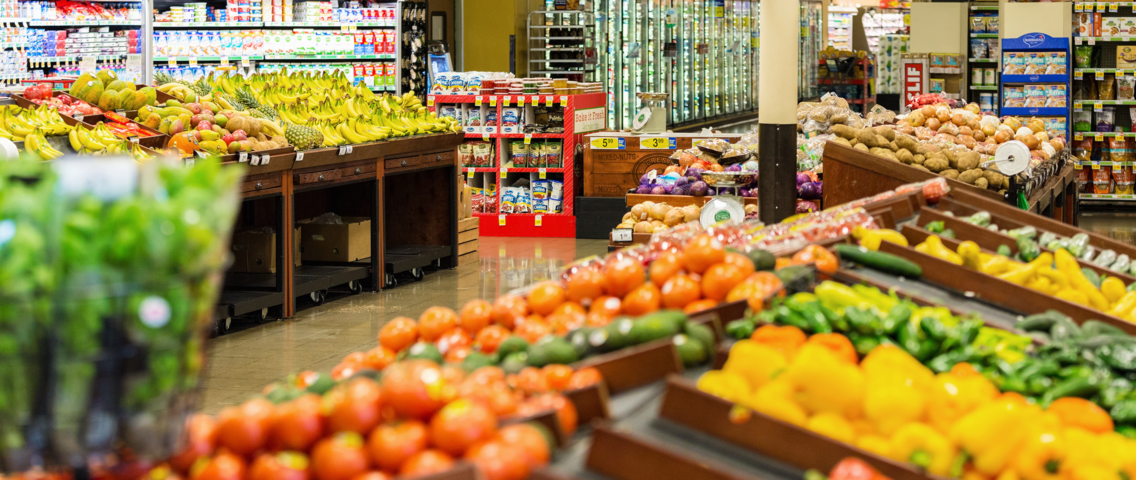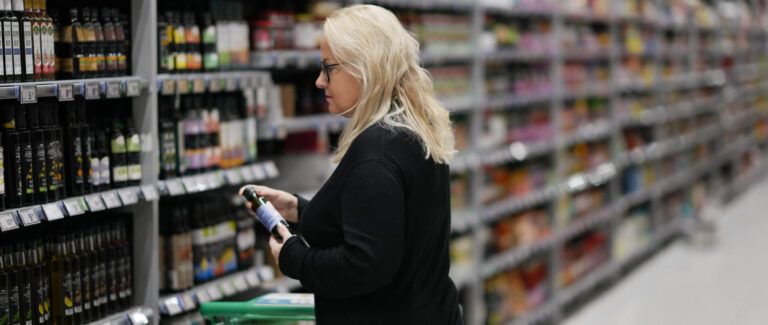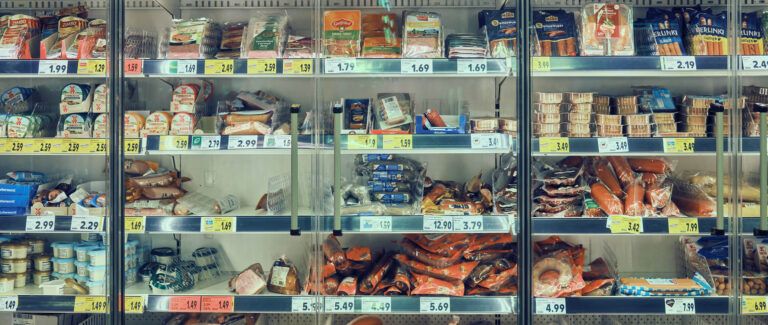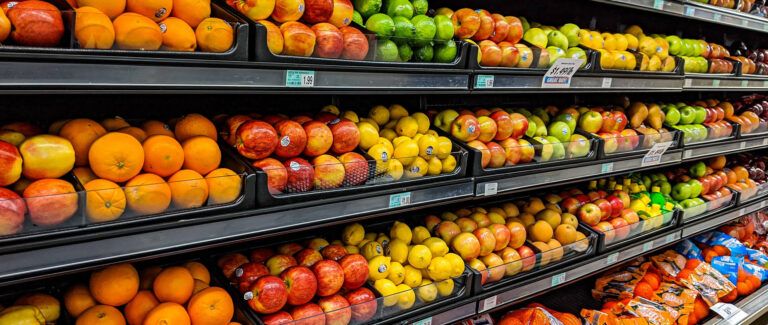This article was originally published in Food Logistics.
Food insecurity and sustainability are two of the most talked about challenges of our day. But it’s important to realize they’re not mutually exclusive. In fact, they’re intertwined. Nearly 10% of the world’s emissions are caused by the manufacturing of food that will ultimately go to waste.
As the supply chain continues to bounce back from COVID-19, businesses – especially retailers such as grocery stores – have a unique opportunity to address both challenges. Doing so will require a deeper understanding of supply and demand data and greater cooperation between retailers and suppliers. And with the cutting-edge technology now available to gain deeper visibility throughout the supply chain, there’s never been a better time to strive for these goals.
Here are top causes of waste across the food supply chain, and how technology can help grocery stores meet customer needs while reducing the food they must throw out and ultimately cut their footprint.
Cause #1: The hand isn’t talking to the head
Properly assessing demand requires grocery chains to understand both macro and micro trends across locations. For instance, ingredients for baked goods may climb in demand nationwide right before the holidays. But the popularity of fillings for these goods may differ from region to region.
Unfortunately, store ordering is often handled locally by managers who base their buying decisions entirely on manual observations and records. This decentralized approach sidesteps macro trends that could be addressed by technology implemented at the store’s headquarters, leading to over-ordering of goods that the store may not need, and ultimately, unnecessary waste.
Cause #2: Perception is everything
Food merchandising is a tricky business, especially for the products customers would typically find around the supermarket’s outer ring, such as fresh produce, meat and dairy. Customers are unlikely to purchase bruised or over-ripened fruits and vegetables. Steaks, pork and chicken nearing their sell-by dates are also often rejected in favor of food that will stay good for another week or longer.
These perceptions put supermarkets in a cycle of waste: they have a constant supply of new products coming in to ensure these aisles are appealing, but that doesn’t mean the food is selling at the same rate. The leftovers, often caused by overstocking in the first place, are tossed in the garbage in favor of more visually appealing food. And while businesses are trying to get some of these unwanted goods to consumers, there’s still plenty of work to be done to prevent overstocking of time-sensitive goods on store shelves.
Cause #3: Uncertainty slows pivoting
For grocery stores, the last two years have been one of the most turbulent periods on record. COVID-19 led to supply shocks in every corner of the retail marketplace – and grocery stores felt the heat. Meat suppliers went offline because of outbreaks, and demand soared for products that don’t typically fly off the shelves, such as toilet paper.
The problem is, too many grocery stores were frozen by manual processes, unable to adapt to radically shifting circumstances. Even now, individual stores are only ordering based on their recent data, lacking the technology to pivot if conditions were to change again. And if there’s anything we’ve learned since 2020, it’s to expect the unexpected. Failing to prepare by leveraging demand data creates an environment ripe for food waste – stores order too many of the wrong, or too few of the right, products to address the demand swing.
How do we fix it?
All three sources of food waste described above ultimately level up to inefficient ordering processes – managed manually at the store level, without a deeper understanding of sales and trends data that can help keep stock at optimal levels. This inefficiency also leads to unnecessary added work for the restocking team. Keeping track of produce, meat and dairy orders on spreadsheet after spreadsheet is time-consuming.
Machine learning-based supply chain solutions help food retailers reduce waste by transforming how they order and manage fresh goods. Modern tools provide deeper insight into both macro and micro demand trends, ensuring the right amount of product is ordered to each store and driving higher availability without unnecessary waste. They also provide a high level of visibility into fresh inventory stock, batch expiration dates and enabling planners to make timely markdown decisions and clear fresh goods before they spoil.
Grocery stores can reduce food waste by connecting their ordering and replenishment processes with their demand data and technology is making this approach easier than ever.




